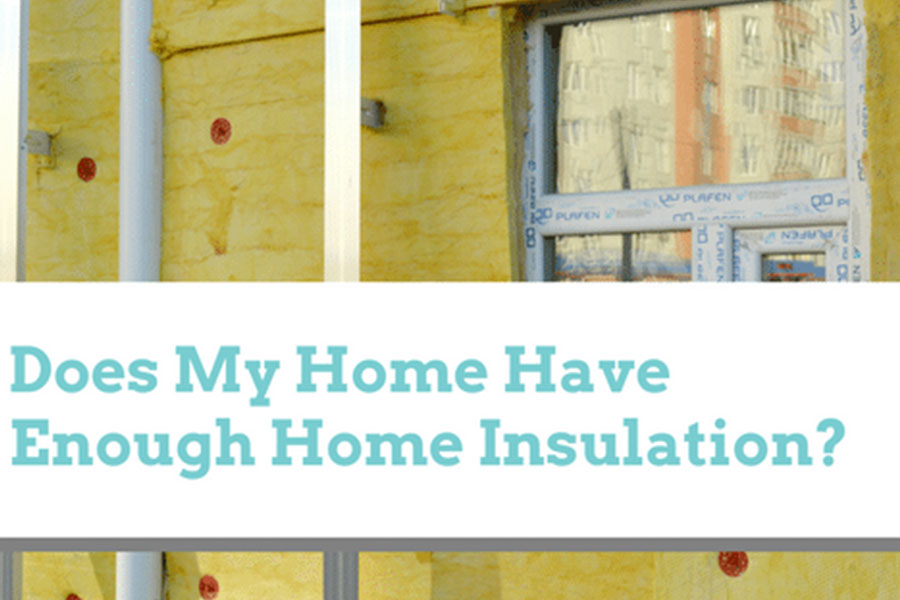Do you know if your home has sufficient quantity of home insulation?
According to the International Energy Conservation Codes (IECC), most homes that are 10 years or older, do NOT have enough insulation.
5 signs Your Home Is Under-Insulated
Without proper home insulation the heated or cool air – your heating system is producing, which you’re paying a lot for – escapes through the walls, floor and your roof. Having your home insulated fully can cut your energy heating bills by an average of 20% with just one type of insulation alone! The average household in the UK can pay over £1,200 every year on energy bills – especially with the current soaring cost of living – so cutting that by at least 20% will mean you pay £240 less a year, saving you thousands of pounds.
Below are 5 signs your home is under-insulated:
- High Energy Bills – How often do you review your home’s energy bills? By reviewing your home’s energy bills over the past few years, this will help you determine whether or not there has been an increase in the amount you pay. Reviewing your energy bills is very important, you might not always notice temperature shifts in your home if your heating system is working over time, but you will notice the increase in your spend on your energy bill.
- Cold Rooms – Have you noticed some rooms in your home are colder than others? Then the problem is more than likely poor or nonexistent insulation. That’s why it’s vital to make sure all of your home is properly insulated. Without proper or no insulation, heat and cool air can escape your home almost anywhere that isn’t insulated.
- Moisture in Your Loft – Have you noticed moisture coming from your loft? If you’re finding water in your loft, or if the water in your loft is coming through your ceiling, there’s a chance this is partially due to insulation problems. The intense heat can cause moisture to condense, and water tends to find its own level. Mould can form, too, if you let the problem go on long enough.
- Drafts in Your Home – Do you experience frequent drafts in your home? Poor insulation can often allow drafts to enter your home. This happens when there isn’t enough blockage between the outside atmosphere and the air inside of your home.
- Cold Walls & Floors – Do your walls and floors feel cold to the touch? The walls and floors in your home should feel warm and dry at all times. If your walls and floors are cold, this could be due to poor insulation.
What Does Insufficient Home Insulation Mean To You?
If your home has insufficient amounts of insulation or not at all, then your home could be leaking energy through the walls, floor and roof. This means you could be paying hundreds of pounds more if not thousands (depending on house size and energy use) every year.
Where does all the warm air go?
- Approximately 25% of a poorly insulated home’s heat seeps out through the attic and roof.
- The average home can lose 35% of its heat through the walls.
- Windows are a source of 25% of a home’s heat loss.
Remember, any gaps in insulation will allow heat to escape.
What Can You Do To Prevent Heat Being Lost?
There are a number of ways in which you can prevent heat loss and help to make your home more efficient. View our helpful guide to find out more – How to Lower Your Energy Bill – Proven Methods
If you’re seeing these telltale signs of a poorly insulated home, call Westville today on 0800 158 3605. We specialise in a wide array of insulation products that will cut down your energy bills and ensure your house is comfortable throughout. Alternatively, you fill out the contact form.
We look forward to hearing from you and lowering your energy bills.

